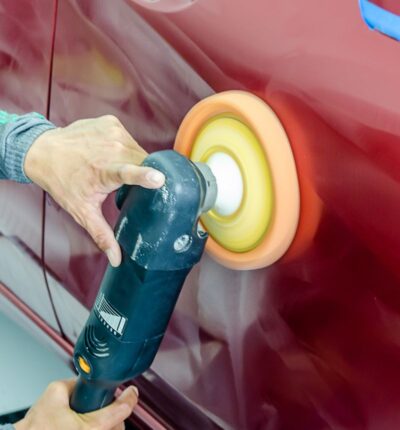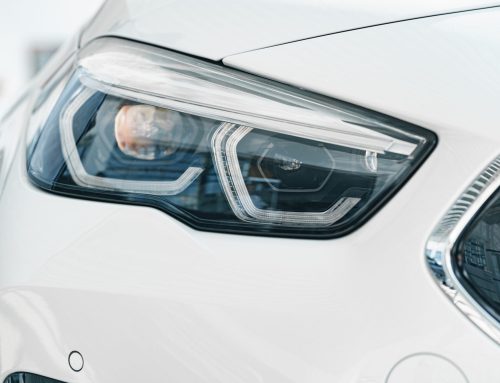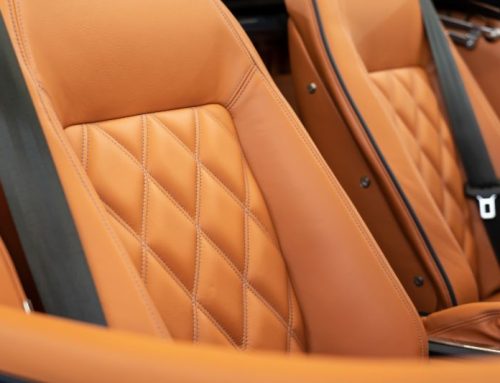You can use a variety of materials to clean your headlights. These can include toothpaste, sandpaper, a drill, and DE-oxidizer. However, we recommend a rotary buffer or dual-action polisher. If you use a sandpaper, it will leave a hazy surface.
Using toothpaste
There are many ways to clean headlights, including using a microfiber cloth. But if you want to use toothpaste, you need to be careful. The toothpaste may damage the paint on your headlights. This is especially true of contemporary plastic lenses. To avoid damaging the paint around the headlights, you can use painter’s masking tape.
When using toothpaste to clean headlights, be sure to use a special type for this purpose. Make sure it is free of microbeads. It is also recommended that you use toothpaste only on the headlight covers. Otherwise, the chemicals may damage the paint. To avoid a paint disaster, you can cover the headlight covers with masking tape before applying the toothpaste.
While using a commercial headlight cleaning kit is ideal, you can also use toothpaste to clean your headlights at home. If you use a toothpaste-based solution, it will remove the dirt and debris that can cause fogging. The method will not work well on extremely dirty headlights, but it can work wonders for foggy headlights caused by weather.
Using sandpaper
If you want to clean your headlights but don’t want to use chemicals, sandpaper is an excellent option. It can remove the foggy texture and leave a clear finish. You can use sandpaper of 120 grit or higher. It is important to keep the headlights moist while sanding, as a dry sandpaper will leave a hazy finish.
First, clean the headlights with water. This prevents deep scratches from appearing, and it also prevents the clear coat from dripping down the headlight. Next, wipe them with rubbing alcohol on a lint-free paper towel. The alcohol evaporates quickly, making the headlights easier to clean. Using a wet sandpaper will also help you prepare them for UV coating.
If you’re unsure of whether or not sandpaper is necessary for headlight cleaning, you can always use a glass cleaner to clean the headlights. Once you’ve done this, you can then use a microfiber cloth to dry the headlights. To clean the headlights, you can also fill a small bucket with plain tap water. In the water, you can place a half sheet of 80 grit sandpaper. Make sure that the rough side of the sandpaper is exposed. Then, you can simply submerge it into the water to clean the headlights.
Using a drill
One way to clean headlights is by using a hand drill with a buffing pad. This method is easier and faster than hand polishing, but requires more care and time. Before using a drill, make sure the surface of the headlight is wet. Then, apply the buffing compound to the foam pad while using a slow to medium RPM drill. Make several passes over the headlight until the yellow is removed.
When using a drill to clean headlights, be sure to use the appropriate backing plate adapter. A drill can cause damage to the lens if held in a single spot for too long or used with too much pressure. Also, if using a cordless drill, it is important to consider the power output of the drill. Cordless drills, in particular, may not have enough power and may burn the lens, which increases the risk of damaging the lens.
If you choose to use a drill to clean your headlights, you can also use a polishing compound and wipes to help clean the lens. These polishing solutions will work on the oxidation on the surface of your headlights. Once the headlight restoration compound is applied, you can then apply a sealant or polish on top.
Using a non-abrasive DE-oxidizer
A non-abrasive DE-oxidizing cleaner is an excellent option for cleaning oxidized headlights. Its unique cleaning formula is able to remove the cloudy film while protecting the headlight’s finish. However, it must be used carefully to avoid stripping the paint of your vehicle. To clean your headlights without harming your car’s finish, use a small amount of the de-oxidizer on a soft cloth and rub it in a gentle and controlled motion.
Another great DE-oxidizer is vinegar and baking soda. This combination of two common household items is a powerful oxidation remover and is a cheap, effective home remedy for cleaning headlights. To make the mixture, use one-third cup of vinegar and one-third cup of soapy water.
Once you’ve used the de-oxidizer, you can re-apply it as necessary to remove any remaining oxidation. It doesn’t require any tools, but it can leave a whitish film on your headlights. You can use masking tape to protect them from getting dirty during the cleaning process.




